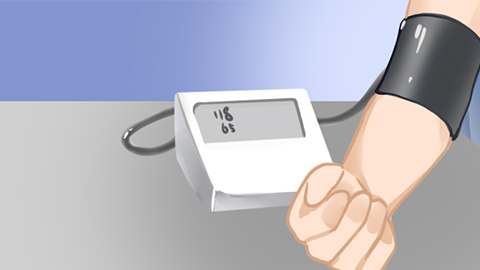What is blood pressure drop related to hemodialysis?
Blood dialysis-related hypotension is a common complication during dialysis and requires timely intervention. If any discomfort occurs, it is recommended to seek medical attention promptly. The detailed analysis is as follows:

Blood dialysis-related hypotension refers to acute drops in blood pressure occurring during or within 30 minutes after hemodialysis in maintenance hemodialysis patients. It is one of the most common complications during dialysis. Without prompt management, it may compromise dialysis efficacy and even trigger serious consequences such as ischemia of the heart or brain.
The diagnostic criteria are well-defined, typically defined as a decrease in systolic blood pressure of ≥20 mmHg or a diastolic blood pressure drop of ≥10 mmHg during dialysis, accompanied by symptoms such as dizziness, fatigue, nausea, and pallor. In severe cases, impaired consciousness may occur. Common triggers include excessively rapid removal of blood volume, high dialysate temperature, autonomic nervous system dysfunction (reduced vascular regulation), and underlying conditions such as diabetes and cardiovascular diseases. Dialysis-related hypotension not only may force premature termination of dialysis, impairing toxin clearance and fluid ultrafiltration goals, but repeated episodes over time may also exacerbate myocardial injury and increase the risk of cardiovascular events.
In summary, although dialysis-related hypotension is common, it must be taken seriously. Clinically, preventive measures such as individualized adjustment of dialysis regimens, avoiding fasting before dialysis, and close monitoring of blood pressure changes are essential. Once hypotension occurs, immediate interventions such as fluid replacement or adjustment of dialysis parameters are required to ensure patient safety and long-term outcomes.







